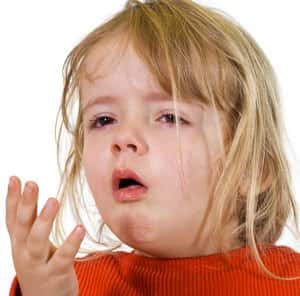
Babies and toddlers are susceptible to many different infections. Some youngsters seem to get sick every time you turn around, with seven or eight infections a year. Because their immune systems are still immature, they are more likely to catch colds or come down with norovirus (stomach virus) or pinkeye (infectious conjunctivitis). Fifth disease (caused by a parvovirus) and hand-foot-and-mouth disease (caused by a coxsackievirus) most frequently affect people under five years old. At least, these generally cause only mild illness. Babies get vaccinated against the most serious infections, such as measles, whooping cough and chickenpox. The CDC is now concerned about “walking pneumonia” in very young people.
Walking Pneumonia Showing Up in Toddlers:
For some time, young children have been developing pneumonia due to Mycoplasma pneumoniae. The proportion of patients at emergency departments with lung infections due to this bacteria has been increasing for the past six months.
This is a common cause of respiratory illness, especially walking pneumonia. It has become increasingly common, especially among young children between 2 and 4. Previously, teens and older children were most likely to be affected by this bacteria. Although influenza is caused by a virus and M. pneumoniae is bacterial, both are respiratory infections spread by coughing or sneezing. COVID-19 is also spread through airborne particles or droplets. Since most little kids are just learning to cover their nose or mouth when they sneeze or cough, such respiratory infections spread rapidly among youngsters in day care situations.
Doctors usually prescribe azithromycin to treat M. pneumoniae once it has been correctly diagnosed.
What Is Walking Pneumonia?
Walking pneumonia is a sort of nickname for this infection. Frequently this infection does not cause serious symptoms, especially among adults. People may be able to carry on with their duties even though they feel under the weather. Symptoms commonly show up as fever, cough, headache and sore throat. The youngest children may suffer diarrhea, vomiting and wheezing along with or before fever and cough. If kids are having difficulty breathing, parents should get them to a doctor promptly.

